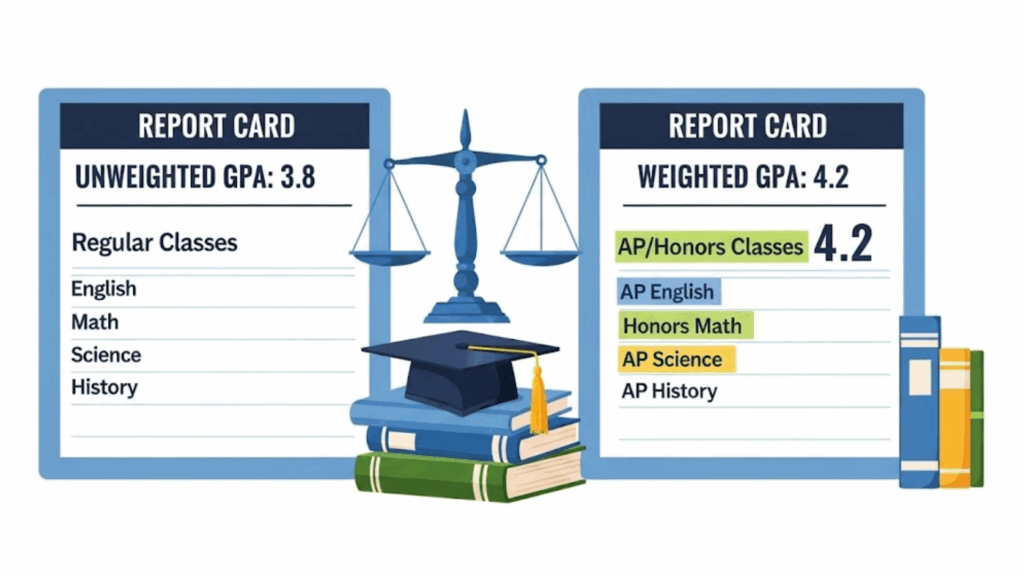Thinking of expanding your role in healthcare beyond basic care tasks? CMA certification might be your next big step.
While CNAs and LPNs focus heavily on bedside care, Certified Medical Assistants blend clinical and admin duties, making them vital in fast-paced clinics.
Wondering what a CMA medical assistant is or what a CMA is compared to nursing staff?
This guide breaks it down, including how to prepare, where to study, and whether you can take the CMA exam from home.
What’s a CMA in Nursing?
CMA refers to Certified Medical Assistants, healthcare professionals trained to provide both clinical and administrative support in medical settings.
Unlike Certified Nursing Assistants (CNAs), who primarily provide direct patient care such as assisting with daily living activities, CMAs have a broader role.
They perform clinical tasks like taking vital signs, administering injections, and assisting in minor procedures, alongside administrative duties such as scheduling appointments and managing medical records.
What it Takes to be Eligible for the CMA Exam?
To successfully earn your CMA certification, it’s important to understand the key eligibility criteria and requirements before starting your preparation journey
1. Educational Prerequisites
- Completion of an accredited medical assisting program is required.
- The program must be accredited by recognized bodies such as CAAHEP (Commission on Accreditation of Allied Health Education Programs) or ABHES (Accrediting Bureau of Health Education Schools).
2. Clinical Training
- Candidates must complete hands-on clinical training or an externship as part of their accredited medical assisting program.
- The minimum required clinical training duration is typically around 160 hours (varies by program accreditation standards).
3. Documentation & Registration
- Applicants must submit official documentation proving completion of the accredited medical assisting program and clinical training with their CMA exam application.
- The American Association of Medical Assistants (AAMA) reviews these materials to determine eligibility.
4. Testing Formats
- The CMA exam is mainly administered in person at authorized testing centers.
- Emerging options for remote or at-home testing may be available; candidates should regularly check the official AAMA website for updates about these alternatives and specific technical requirements.
CMA Exam Overview: What to Expect
Here’s a structured format of the exam, what you should expect, and how to prepare for it accordingly:
| Aspect | Details |
|---|---|
| Number of Questions | 160 multiple-choice questions |
| Content Areas | Clinical knowledge, administrative tasks, general healthcare principles |
| Topics Covered | Patient care, clinical procedures, pharmacology, medical law, office management |
| Exam Length | About 3.5 hours |
| Passing Score | Based on a scaled grading system; pass/fail determined by meeting minimum cut score |
| Preparation Focus | Balanced study on clinical skills and administrative knowledge |
Top Resources for CMA Exam Preparation
Let’s help you confidently prepare for the CMA exam. Here are some of the most effective study materials and resources available.
1. Accredited Textbooks and Guides
Use well-regarded textbooks such as the AAMA’s CMA Review Guide and Medical Assisting: A Humanistic Approach for a comprehensive overview of clinical and administrative procedures.
These books cover vital concepts in patient care, medical law, and office management.
You can find them on Amazon, Barnes & Noble, or directly through the AAMA website for the official study guide, AAMA Certification Resources.
2. Online Courses and Practice Tests
Enroll in reputable online prep courses from organizations like the AAMA or Mometrix Test Preparation.
These courses often include full-length practice exams, video lessons, and test-taking strategies to simulate the real CMA exam experience.
Popular platforms offering such courses include AAMA.org and Mometrix.com.
3. Flashcard Apps and Video Tutorials
Use flashcard apps like Quizlet, where you can find or create sets specifically targeting CMA exam terms and concepts, and the MedAssistant Exam App, which offers interactive quizzes.
Video tutorials on YouTube channels such as MedBridge or other medical assisting educators help visualize complex clinical procedures.
Quizlet is accessible via quizlet.com, and the MedAssistant Exam App is available on both iOS and Android stores.
4. Study Groups and Community Support
Join study groups through forums like AllNurses.com or Facebook groups dedicated to CMA candidates.
These communities provide peer support, shared study guides, and exam tips from those who have recently taken the test.
Access to these groups is free, and you can request to join them via social media or dedicated nursing and medical assistant sites such as AllNurses CMA Forum.
5. Official AAMA Resources
Access official practice tests, sample questions, exam blueprints, and candidate handbooks directly from the American Association of Medical Assistants.
Their materials are specifically designed to match the exam format and content, ensuring the most accurate preparation.
Visit the AAMA’s official preparation page here: AAMA Prepare for Certification.
6. Clinical Skills Practice
Supplement your theoretical knowledge with hands-on clinical practice, which can often be arranged through your accredited medical assisting program or local healthcare facilities.
Practicing injections, vital signs measurement, and EKG procedures helps build confidence for the practical portion of your training and exam.
Many community colleges and training centers offer clinical externships or labs to help with this essential experience.
At-Home CMA Certification Testing: What to Know
Remote or at-home CMA testing is becoming more popular, especially with recent developments in exam proctoring technology.
To take the exam from home, candidates usually need a quiet, private space with a reliable internet connection, webcam, and a compatible computer system.
Registration involves selecting a remote proctoring option if available and adhering to strict identity verification and exam security protocols.
On test day, expect a digital environment monitored by proctors to prevent cheating. While at-home testing offers flexibility and convenience.
After the Exam: Getting Certified and Next Steps

Once you complete the CMA exam, results are typically available within a few weeks.
Upon passing, you receive your official certification, which generally remains valid for 60 months but requires renewal through continuing education units (CEUs).
Maintaining certification involves completing approved CE activities and following renewal guidelines.
Displaying your CMA credential on your resume or nursing profile signals your expanded skill set and dedication, potentially opening doors for career advancement and higher salary prospects.
Prepare Yourself on Exam Day
Some of the most recommended tips for you to prepare yourself well are listed below:
- Review all exam guidelines and protocols before test day.
- Ensure you have valid identification and any required documents ready.
- Get a full night’s rest and eat a balanced meal to maintain focus.
- For remote exams, set up your testing environment early to avoid technical issues.
- Practice relaxation techniques like deep breathing to manage anxiety.
- Pace yourself during the exam to allocate enough time for all questions.
- Stay calm and confident, preparation is key to your success.
The End
Becoming a Certified Medical Assistant is a practical way for nursing professionals to broaden their clinical and administrative expertise.
Whether preparing for an in-person or at-home exam, understanding the CMA role, meeting eligibility requirements, and using the right resources will set you up for success.
With proper preparation and ongoing certification maintenance, the CMA credential can improve your career flexibility, marketability, and impact within the healthcare team to a great extent.






